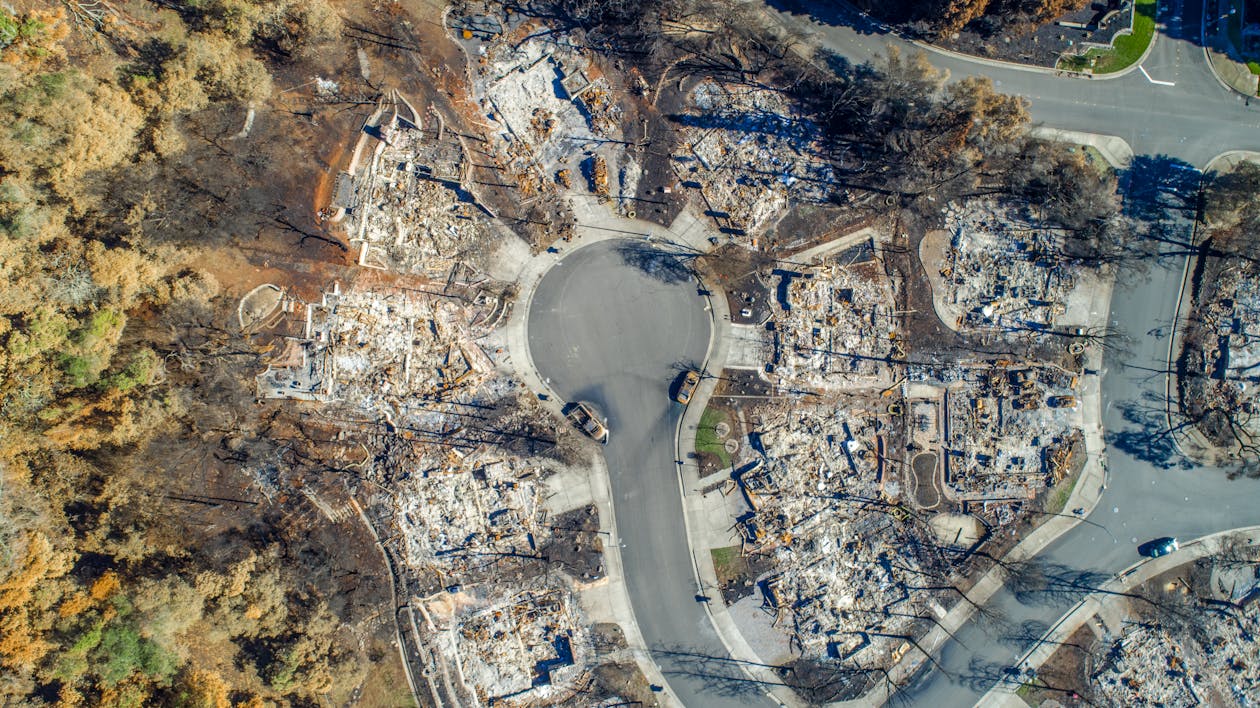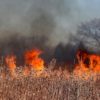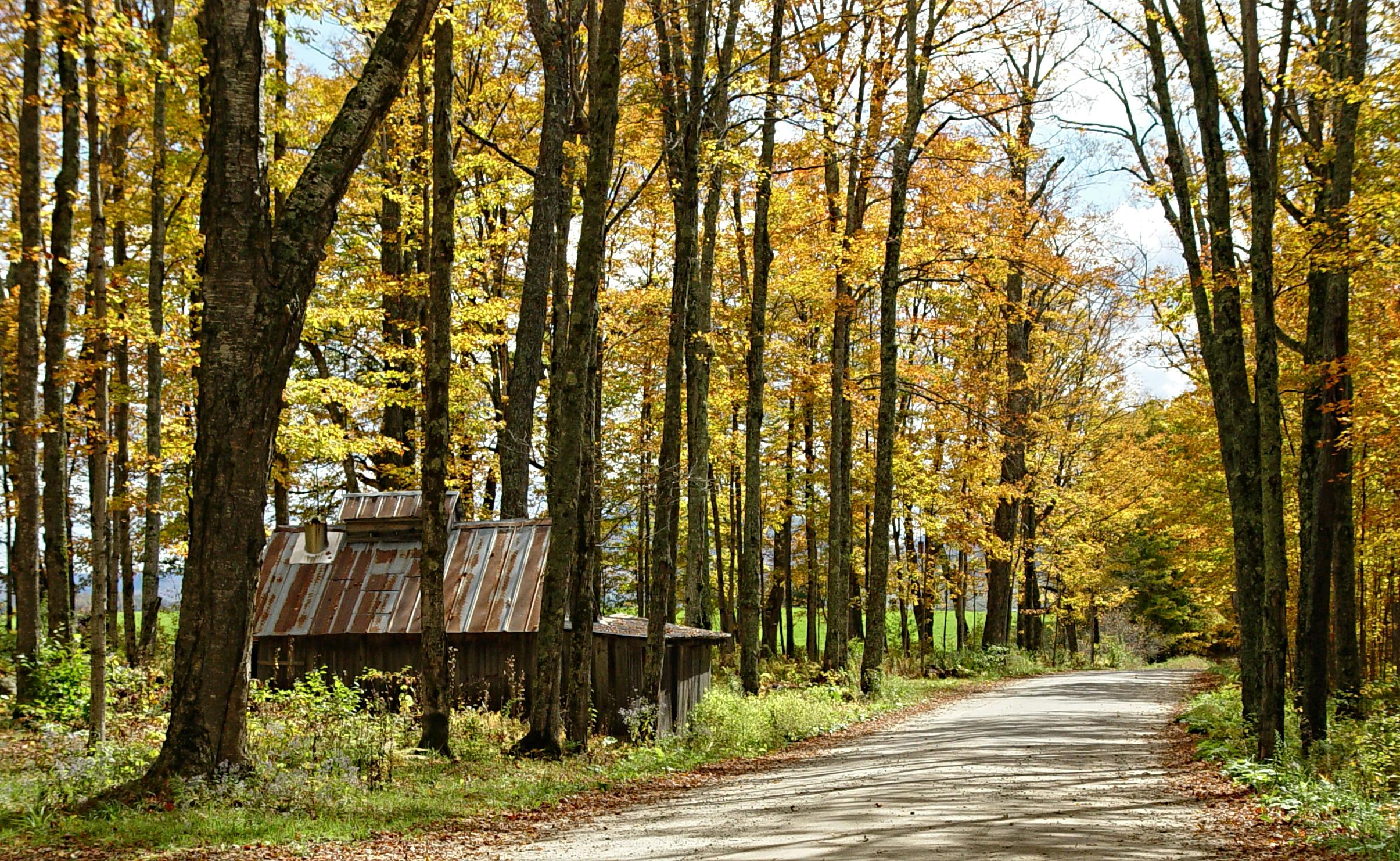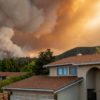Urban conflagration refers to large, uncontrollable fires that rapidly spread through densely populated areas, causing widespread destruction. Unlike wildfires, which typically occur in rural or forested regions, urban conflagrations thrive in tightly packed buildings and infrastructure, often fueled by high winds, flammable materials, and inadequate fire control measures.
When Do Urban Conflagrations Occur?
These devastating fires usually happen under conditions where fire suppression efforts are overwhelmed. Factors such as prolonged dry weather, outdated building materials, and rapid urbanization contribute to their occurrence. High winds can further accelerate their spread, as seen in major historical events. The risk of urban conflagration increases during natural disasters like earthquakes, which can rupture gas lines and create ignition points.
In modern times, improved building codes and firefighting technology have reduced their frequency. However, with climate change intensifying extreme weather conditions, the risk remains significant, especially in older cities with dense populations and aging infrastructure.
Notable Urban Conflagrations in History
Several urban fires have left a lasting mark on history. The Great Chicago Fire of 1871 is one of the most well-known, destroying thousands of buildings and leaving a third of the city’s residents homeless. Similarly, the 1906 San Francisco Earthquake Fire consumed vast portions of the city after the earthquake ruptured gas lines, leading to uncontrollable flames. Some more recent examples include the 1991 Oakland Hills Firestorm, 2016 Chimney Tops 2 fire in Gatlinburg, TN, the Tubbs Fire in Santa Rosa, CA in 2017, & last month’s LA Fires all demonstrated how wildfires can transition into urban conflagrations, burning over 1,000 of homes and even businesses. All of these fires had anomalously high winds, dry conditions, and an impossible fire suppression situation.

A haunting aerial view of the devastation left by the Tubbs Fire in 2017 near Santa Rosa, California. Entire neighborhoods were among the destroyed more than 5,600 structures reduced to ash. Another example of urban conflagration as, oddly, much of the nearby vegetation remains unburned. [Photo by Josh Fields. Pexels.com]




